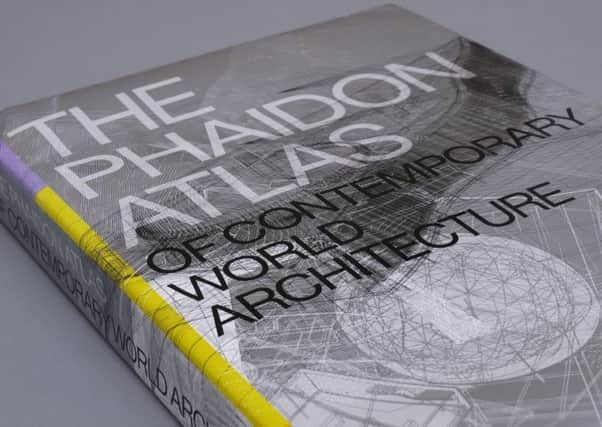Architecture should preserve the best of the past and create the best of the future


Architecture can be controversial. New buildings can divide public opinion. They can be loved and hated in equal measure, but good architecture can make a positive impact to our built environment for the benefit of building users and society as a whole.
This positive benefit was embraced in a policy document published by the Scottish Government a few years ago. The report noted that Scotland is a nation that is rich in heritage and creativity and says “Ministers believe that both our historic and our contemporary architecture must play their part in providing a better quality of life for the people of Scotland as well as better positioning our country on the world stage. Through our refreshed architecture policy, we want to encourage the creation of buildings and places with which people can identify - and which succeed in bringing together activities and services for people to fulfil their potential in business and society.”
Advertisement
Hide AdAdvertisement
Hide AdHow refreshing this attitude is and how sad that it seems lacking from much public debate within the realms of planning applications. I have recently submitted an application for a replacement dwelling, which has drawn a wide range of responses some of which I have noted below. I have done this to highlight the disparity of views but primarily to encourage the wider debate about the role of architecture in today’s society.
We see technological advances every day in the goods we buy, yet there is clearly an aversion to the new when discussing buildings. By having this wider debate, perhaps we can start to have a deeper understanding of architecture. Most buildings are the result of considerable thought in terms of response to brief and context. I would encourage people to try and understand buildings from every viewpoint and in doing so appreciate that some changes can be seen as of long-term benefit to our environment.
Here are some of the responses to my recent application: “The design seems to be an excellent example of modern eco-friendly architecture, although it is to be expected it will not be to everybody’s taste.” “The design and architecture for the new property takes great consideration for the local area. Areas change over the years, and whilst I am in favour of keeping originality where appropriate, it is not appropriate here. In this particular instance, modern architecture should be embraced.” “The plans for the proposed eco house depict a glass and metal building with a flat roof, totally out of character to the neighbouring properties and something I would expect to see in Sweden or the California desert.” “Any suggestion that it will be a blot on the landscape is, in my opinion, narrow minded. Please let’s move forward with architecture.” “I object as the property will stand out like a sore thumb and not in keeping with the surrounding properties.” “I believe that modern architecture, when applied sympathetically enhances an area. This is exactly the type of modern design we need. A building like this will add character to the area rather than detract from it. We need to stop always shying away from innovation in favour of the safe and traditional.” “I object to the replacement of the traditional stone building with one that looks more like something out of Thunderbirds.”
The most challenging pieces of architecture will raise the most debate, but the impact of such buildings will often be the foundations of the future. At all periods of history we have witnessed the good and the bad. Surely the role of architecture is to preserve the best of the past and create the best of the future?